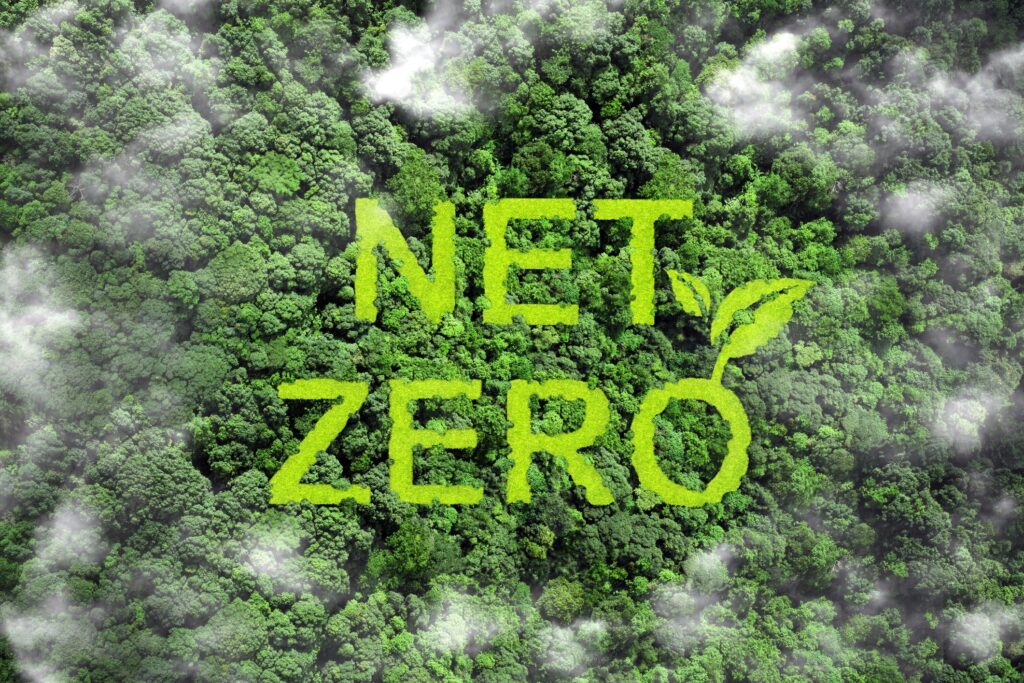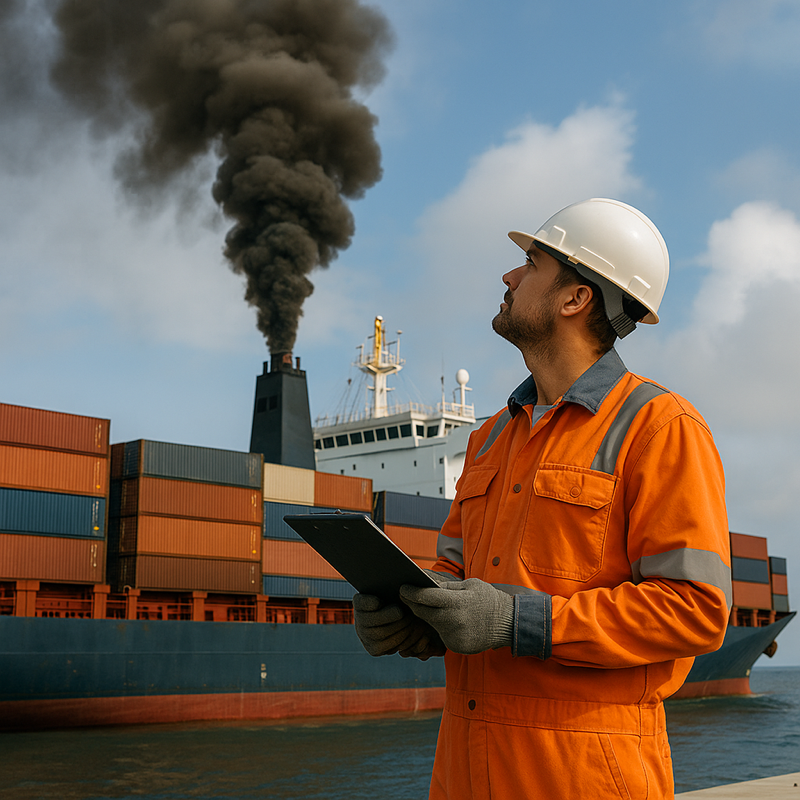The European Union’s Emissions Trading System (EU ETS) has become a key driver of corporate decarbonization. Since it first launched in 2005, the EU ETS has grown in its sophistication of how it regulates reducing emissions from various sectors. The regulation’s scope has also grown, with the EU adding the European maritime sector to fall in line with the ETS as of January 2024.
Given how long the regulation has been around, its mandates have been updated from time to time in order to fine-tune emission reduction targets and leverage technological developments. While the major tenets of the EU ETS remain intact, there are some recent updates to the regulations that demand attention. Among those updates are increases in European allowances, a requirement to surrender allowances for 70% of shipping companies emissions, as opposed to 40%, and the launch of Fuel EU Maritime, which calls for vessels calling at European ports to reduce EU greenhouse gas emissions by 55% by 2030, with that percentage increasing through 2050.
As the EU ETS rolls out these updates, we at Greenabl want you to know that the important thing to keep in mind is the importance of building regulatory resilience for your company. Building regulatory resilience comes through adopting strategic and proactive approaches to compliance and emissions reduction. This article will walk you through some of the actions you can take to get you there.
2025 Sees Significant Changes to EU ETS
Let’s look at a few of the updates that have been made for the EU ETS for 2025.
First of all, expect tighter emissions caps that are aligned with the EU’s Fit for 55 climate targets. The EU has pledged to reduce its GHG emissions by at least 55% by 2030. Fit for 55 is the EU’s way to ensure that all sectors of the EU’s economy seek to meet this target, according to the European Commission.
Fit for 55 is a set of proposals aimed at revising EU legislation and implementing new initiatives that align with the European Council and the European Parliament, says the European Council. Falling within the umbrella of Fit for 55 includes extending the EU ETS to include maritime transport, as well as reducing the amount of available emissions allowances.
In 2025, Fit for 55 will see the implementation of a separate emissions trading system called ETS 2, which will seek to reduce emissions from buildings, road transport, and fuels for additional sectors and will complement other policies of the European Green Deal, according to the European Commission.
This year will also see the implementation of the global carbon offsetting and reduction scheme for international aviation (CORSIA) through the EU ETS. This initiative seeks to reduce emissions occurring in international aviation and is “the first global market-based measure for any sector and represents a cooperative approach that moves away from a patchwork of national or regional regulatory initiatives,” says the International Civil Aviation Organization.
These new initiatives to reduce emissions are a vital undertaking in the battle against combat climate change. However, they can also come with increased costs. Businesses may face increased operational costs for noncompliance, and they may encounter heightened pressure to decarbonize supply chains and operations.
Regulatory Resilience: Ensuring Future-Focused Compliance
As companies seek to stay informed and follow through with these updates to the EU ETS, companies should also consider adopting a posture of regulatory resilience. Regulatory resilience means having the ability to adapt to regulatory changes while also mitigating risks and leveraging opportunities.
There are numerous benefits to building regulatory resistance. For starters, companies may be able to avoid penalties and carbon costs. Second, they may gain a competitive advantage in low-carbon markets. And third, they may find that their efforts to reduce GHG emissions strengthen their relationships and their reputation with stakeholders and investors.
Three Ways Greenabl Helps Shippers Build Regulatory Resilience
Building regulatory resilience calls for deploying multiple tools that can address the complexity of a company’s operations. Thankfully, there are many resources and organizations that a company can reach out to in order to create an effective emissions reduction regimen.
Here are some ways that we at Greenabl can work with you to achieve regulatory resilience:
Comprehensive Emissions Tracking and Reporting
First off, Greenabl offers digital tools for real-time emissions monitoring and compliance reporting. Companies can leverage these tools to see which emission reduction strategies result in maximum results. The benefit of using these tools is that they can streamline regulatory alignment and simplify Scope 3 emissions tracking.
Proactive Decarbonization Initiatives
Greenabl also uses analytics to identify high-impact emissions reduction opportunities, thus reducing carbon exposure while improving cost efficiency. Utilizing analytics enables businesses to focus on energy efficiency, renewable energy adoption, and support engagement.
Strategic Supply Chain Collaboration
A third strategy for businesses to pursue is to seek further collaborations in which all parties can benefit from shared experience. These collaborations might mean partnering with suppliers to meet the requirements for the EU ETS as well as for the Carbon Border Adjustment Mechanism, which addresses the carbon intensity occurring in the production of certain imported products. It can also mean implementing carbon-informed sourcing strategies using Greenabl’s tools. These partnerships ultimately future-proof supply chains and ensure compliance with cross-border regulations.
Taking the First Step Toward Regulatory Resilience
With major updates to the EU ETS in 2025, including tighter emissions caps and expanded coverage, businesses face increasing regulatory pressure. To thrive, they must embrace regulatory resilience — proactively adapting to changes while seizing opportunities to decarbonize.
Greenabl empowers businesses with digital tools for emissions tracking, data-driven decarbonization strategies, and supply chain collaboration, helping reduce compliance costs and future-proof operations. Contact us today to see what we can do for your business.


